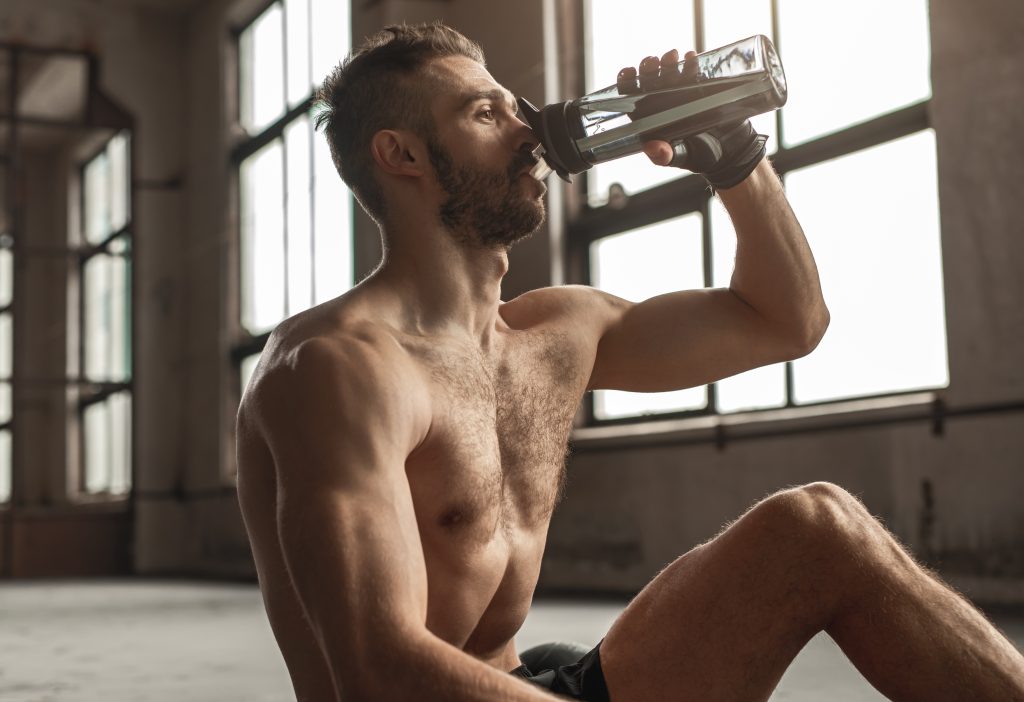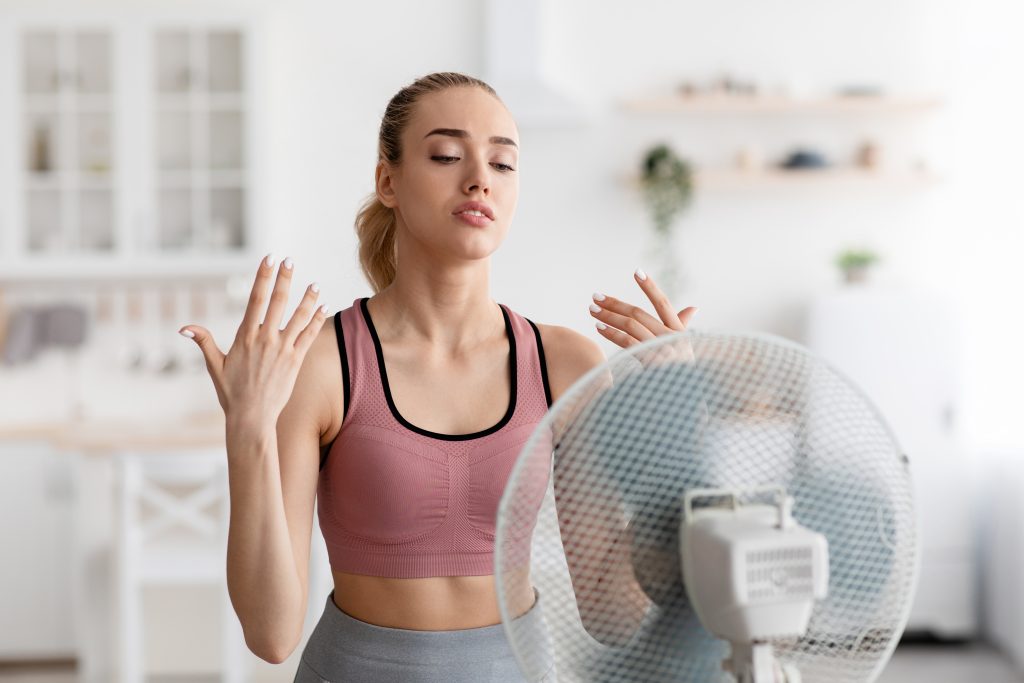What Are Good Habits After Workout?
7 min read
In order to get the most out of a workout, it’s essential to maintain good post-workout habits. The right practices can help prevent injury, improve recovery time, and support overall fitness goals. Whether you’re new to exercise or are a seasoned pro, creating good habits after a workout can help you get the most out of every session. From stretching and hydrating to refueling and resting, there are many areas of focus for good post-workout habits. By making these practices a regular part of your routine, you can maintain a healthy body and achieve optimal fitness results. In this article, we’ll explore some of the most important good habits to have after a workout, so you can keep your body in top condition.
1. Stretching After a Workout and Its Benefits

Stretching after a workout is an essential step in any exercise routine. It plays a crucial role in preventing injuries, improving flexibility, and reducing muscle soreness. Stretching can also enhance your overall performance and help you achieve your fitness goals. Here are some recommended stretches that target major muscle groups:
1. Hamstring Stretch:
Sit on the floor with your legs straight in front of you. Reach for your toes and hold the stretch for at least 30 seconds.
2. Quadricep Stretch:
Stand upright and grab your ankle with your hand. Bring your heel towards your buttocks and hold the stretch for at least 30 seconds.
3. Hip Flexor Stretch:
Kneel on one foot with the other foot in front of you. Push your hips forward until you feel a stretch in your hip flexors. Hold the stretch for at least 30 seconds.
4. Chest Stretch:
Stand with your feet hip-width apart and clasp your hands behind your back. Pull your hands down and hold the stretch for at least 30 seconds.
Dynamic stretching and passive stretching are both effective for enhancing mobility and reducing muscle tightness. Dynamic stretching involves actively moving your muscles through a range of motion, while passive stretching involves holding a stretch for an extended period of time. To get the maximum benefit from stretching, it is recommended to hold each stretch for at least two minutes in each position.
In addition to stretching, mobility tools such as lacrosse balls and tennis balls can also be helpful for loosening tight muscles. These tools can be used to target specific areas of the body and provide deep tissue massage to enhance recovery.
2. Hydrating After Exercise: Why Water is Essential

Hydrating after exercise is crucial for maintaining overall health and well-being. When we exercise, we lose fluids from our body through sweating and breathing. If we don’t replace those fluids by drinking enough water, we can become dehydrated.
Dehydration can be dangerous, and in severe cases, it can lead to heat exhaustion or stroke. When we are dehydrated, we may experience symptoms such as fatigue, dizziness, loss of coordination, and muscle cramps. These can negatively impact our exercise performance, making it difficult to achieve our fitness goals.
To prevent dehydration and promote rehydration, it is essential to drink water after exercise. Drinking at least 8 to 10 ounces of water can help replace the fluids lost during the workout. It is also recommended by the American Council on Exercise to drink 17 to 20 ounces of water 2 hours before exercise and 7 to 10 ounces every 10 to 20 minutes during exercise.
Moreover, for intense workouts and activities lasting longer than an hour, incorporating sports drinks or other electrolyte-rich beverages can be beneficial. These drinks contain sodium, which can assist in rehydration and replenish lost electrolytes.
3. Cool down

After an intense workout session, it’s essential to cool down properly before returning to your normal routine. Cooling down refers to the gradual decrease in the intensity of physical activity following exercise. Many experts believe that cooling down is a crucial aspect of exercise and offers numerous benefits for your physical and mental well-being.
One of the primary benefits of cooling down is that it helps regulate your heart rate and breathing back to a normal pace. During an intense workout, your heart rate and breathing may increase, and it’s essential to bring them back to a stable level slowly. By following an appropriate cool down routine, you can prevent dizziness and muscle cramps, which are often experienced after high-intensity workouts.
The cool down techniques you use depend on the type of exercise you engage in. For instance, after an intense cardio or high-intensity interval training (HIIT) workout, you can adopt a low-impact exercise like walking or jogging for five to eight minutes. This activity can help gradually bring down your heart rate and prevent blood from pooling in your legs.
Alternatively, after a strength training workout, you can engage in 10 to 15 minutes of static stretching to help improve flexibility and decrease muscle tension. Stretching also helps to prevent muscle cramps and soreness that may follow an intense workout session.
Stretching can be a vital component of cooling down after any workout. Light stretching exercises can also aid in reducing the likelihood of injury in your future workout sessions. Additionally, stretching helps improve blood circulation in your muscles and provides them with essential nutrients, promoting muscle recovery.
4. Refueling

Refueling your body after a workout is crucial for muscle repair and growth. During exercise, your body uses up its glycogen stores, and muscles undergo micro-tears, which need to be repaired through proper nutrition. To replenish your body with the essential nutrients it needs, focus on consuming protein and carbohydrates in the right ratio.
To promote glycogen storage and support muscle protein synthesis, aim for a ratio of 3:1 carbohydrates to protein. This ratio helps to replenish your glycogen stores, which are your body’s primary source of energy during exercise. It also assists in the synthesis of new muscle protein, leading to muscle repair and growth.
There are plenty of delicious and healthy post-workout snack options to choose from. A smoothie made with protein powder and fruit is an excellent way to refuel. It’s easy to make, and you can customize the ingredients to meet your specific dietary needs. Another great option is a peanut butter and jelly sandwich made with whole grain bread. The bread provides the necessary carbohydrates, while the peanut butter delivers protein and healthy fats. Lastly, Greek yogurt with berries and granola is a tasty and nutritious post-workout snack. The Greek yogurt is high in protein, which supports muscle recovery, while the berries and granola provide healthy carbohydrates.
In addition to food, consider consuming a sports drink to help replace the electrolytes lost through sweat during exercise. Electrolytes are essential for maintaining proper hydration levels and supporting the function of your muscles and nerves.
5. Cleaning up

After a challenging workout, you may feel exhausted and sweaty, but it is essential to prioritize cleaning up to maintain good hygiene and prevent infections. Sweat, dirt, and oils tend to accumulate on the skin during exercise, making it crucial to take a shower or wash your face and hands after a workout. Here’s why:
Hygiene:
Working out can cause an increase in sweat production, leaving you with a build-up of sweat, bacteria, and oils. It’s essential to wash these off your skin to prevent clogged pores, skin irritation and acne breakouts, and unpleasant body odor. Taking a shower or washing your hands and face with a gentle cleanser can help you feel fresh and clean after a workout.
Infections:
The build-up of sweat can also increase your risk of infections. Skin-to-skin contact, shared equipment, and touched surfaces can harbor bacteria and fungi that can cause various skin and respiratory infections. Proper cleaning of your skin before and after a workout can reduce the chance of these infections.
Clean towels:
Using a clean towel after a workout can also reduce your risk of infections. Sweat-soaked towels can harbor bacteria, which can then be transferred back onto your skin. Make sure you always use a clean towel and never share towels with others.
Breathable clothing:
Wearing loose and comfortable clothing that is breathable can help reduce skin irritation and chafing. Synthetic fabrics may trap sweat and bacteria close to your skin, leading to infections. Using cotton or other breathable fabrics can help avoid skin infections caused by sweat and bacteria buildup.
6. Resting After a Workout and Its Importance in Improving Overall Fitness

Resting after a workout is just as crucial as the exercises themselves, and it can greatly improve overall fitness. When you exercise, you put stress on your muscles, tissues, and joints, which can cause temporary damage and inflammation. Rest days provide your body with a chance to repair and rebuild stronger, making your muscles more resilient and less prone to injury.
Overtraining is a common problem among fitness enthusiasts. Working out too frequently, without adequate rest, can lead to overtraining syndrome. Overtraining syndrome can result in exhaustion, burnout, decreased performance, and even injury. Therefore, scheduling rest days is essential in preventing overtraining and its associated negative effects.
Rest days are important for muscle recovery and growth. Adequate sleep and a balanced diet with protein, carbohydrates, and healthy fats can also help with recovery and fitness. Aim for at least seven to nine hours of sleep each night, as it is during sleep that the body repairs and rejuvenates.
It’s important to note that rest days do not necessarily mean doing nothing. You can engage in light activities like walking, yoga, or stretching, which can help alleviate soreness and boost circulation. Alternatively, you can take a passive rest day, where you do nothing and allow your body to fully recover.
Conclusion
In conclusion, developing good habits after a workout is essential for achieving fitness goals and avoiding injury. It’s important to plan ahead and take it slow in the beginning, avoiding rigidity in your exercise routine. Keeping a flexible mindset and adjusting your routine as needed will help you stay on track and see progress. Remember that rest days are just as important as workout days, as they allow your body to recover and rebuild stronger. By developing good habits after a workout, such as getting enough rest, eating a balanced diet, and engaging in light activity on rest days, you can maximize the benefits of your workouts and improve your overall fitness.






